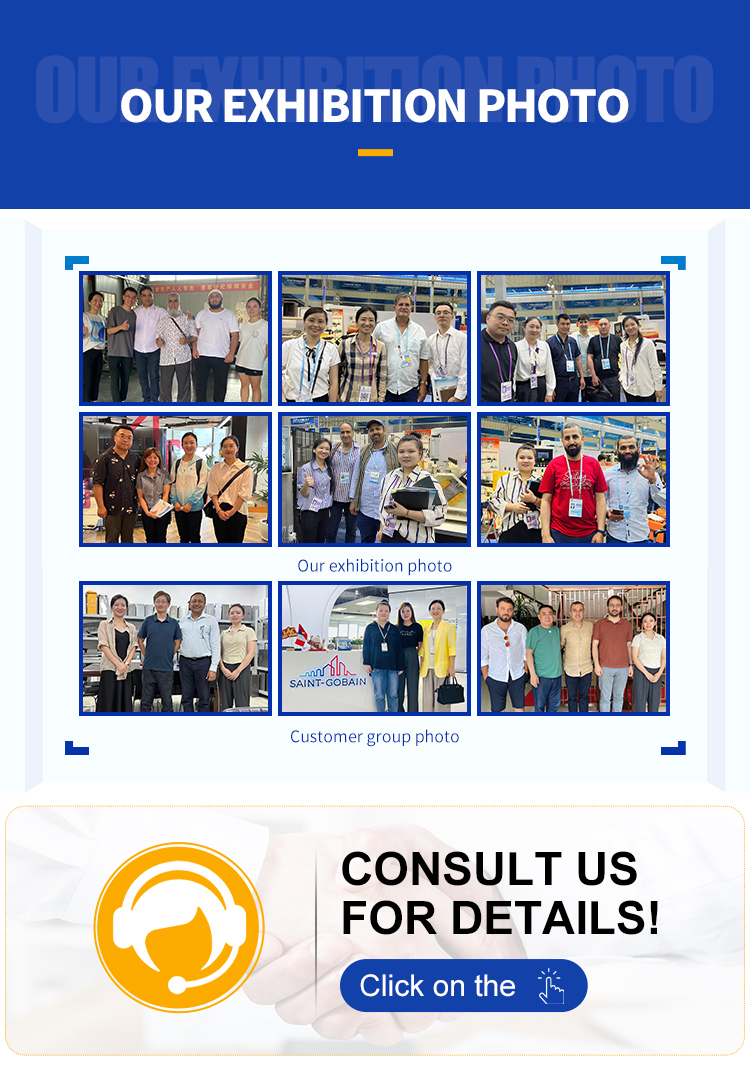Understanding IBR Profiles and the Double Layer Roofing Forming Machine
The construction industry has witnessed significant advancements in technology and machinery, particularly in the production of roofing materials. Among these advancements, the IBR (Inverted Box Rib) profile roofing sheets stand out as a popular choice due to their durability and aesthetic appeal. When coupled with a double layer roofing forming machine, the efficiency of production and versatility of designs are greatly enhanced. This article will delve into the details of IBR profiles and the benefits of utilizing double layer roofing forming machines in their manufacturing.
What are IBR Profiles?
IBR profiles are characterized by their distinctive ribbed appearance, which not only adds to the structural integrity but also improves the visual appeal of buildings. The ribbed design enhances the sheet's strength, making it resistant to extreme weather conditions such as heavy rains, strong winds, and hail. IBR sheets are popular in both residential and commercial construction owing to their lightweight nature and ease of installation.
Typically made from galvanized steel or color-coated steel, IBR sheets offer excellent resistance to corrosion, thereby extending the lifespan of roofing structures. Their inherent ability to reflect sunlight also contributes to energy efficiency by reducing heat accumulation within buildings. The IBR profile is versatile, as it can be used as roofing, wall cladding, or in other architectural applications.
Introduction to Double Layer Roofing Forming Machines
The double layer roofing forming machine is a significant innovation in metal sheet production. This machinery is capable of producing two different profiles in a single operational run, which optimizes efficiency without compromising quality. The ability to form two distinct profiles means manufacturers can cater to various customer needs while maximizing the utility of the machine.
Benefits of Using Double Layer Roofing Forming Machines

1. Increased Production Efficiency Traditional machines often limit manufacturers to producing a single profile at a time. In contrast, double layer machines enable the simultaneous creation of two different profiles, doubling productivity. This efficiency reduces production time and labor costs, allowing businesses to respond quickly to market demands.
2. Cost-Effective By producing two profiles in one pass, manufacturers save on equipment costs, space, and overhead expenses. This cost-effectiveness is especially beneficial for startups and small enterprises aiming to compete in the market without substantial initial investments.
3. Versatility in Product Offering A double layer roofing forming machine allows manufacturers to diversify their product range without the need for extensive modifications. This flexibility caters to a wider customer base, as clients often have specific preferences for roofing materials based on design aesthetics and functionality.
4. Less Material Waste Advanced double-layer forming technology ensures more precise cuts and fewer errors during the production process. This precision contributes to a significant reduction in material waste, leading to more sustainable manufacturing practices—a crucial consideration in today's eco-conscious market.
5. Enhanced Quality Modern double layer machines come equipped with sophisticated technology that ensures consistent quality and uniformity across all produced sheets. Such precision reduces the risk of defects, leading to higher customer satisfaction and lower return rates.
6. Ease of Operation These machines are designed to be user-friendly, with intuitive controls and automation features that minimize the potential for human error. This ease of use allows operators to focus on production efficiency, helping businesses optimize their workflows.
Conclusion
In summary, the combination of IBR profiles and double layer roofing forming machines represents a significant advancement in the roofing materials sector. By leveraging the unique properties of IBR profiles alongside the innovative capabilities of double layer machines, manufacturers can achieve higher efficiency, cost savings, and product diversity. This synergy not only enhances productivity but also meets the evolving demands of the construction industry, paving the way for sustainable and aesthetically pleasing architectural solutions. As the market for durable and versatile roofing materials continues to grow, investing in double layer roofing forming machines could prove to be a strategic move for manufacturers looking to stay ahead in the competitive landscape.